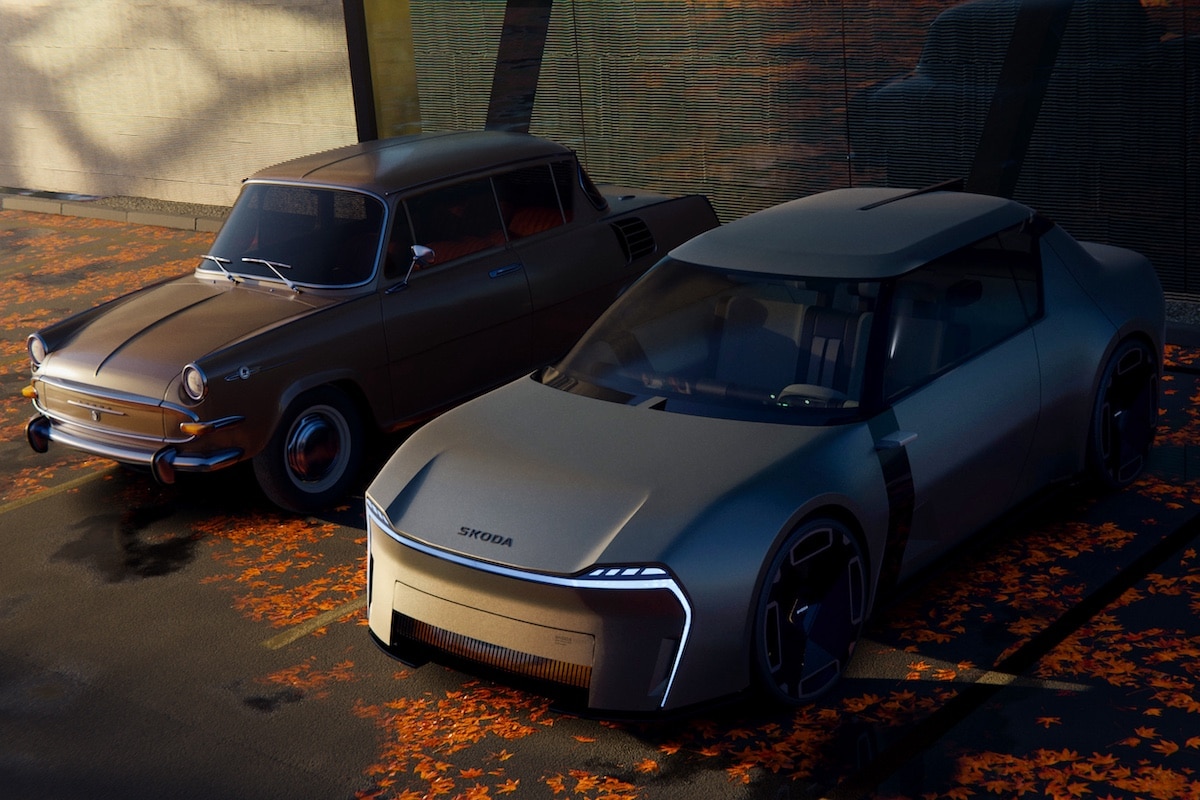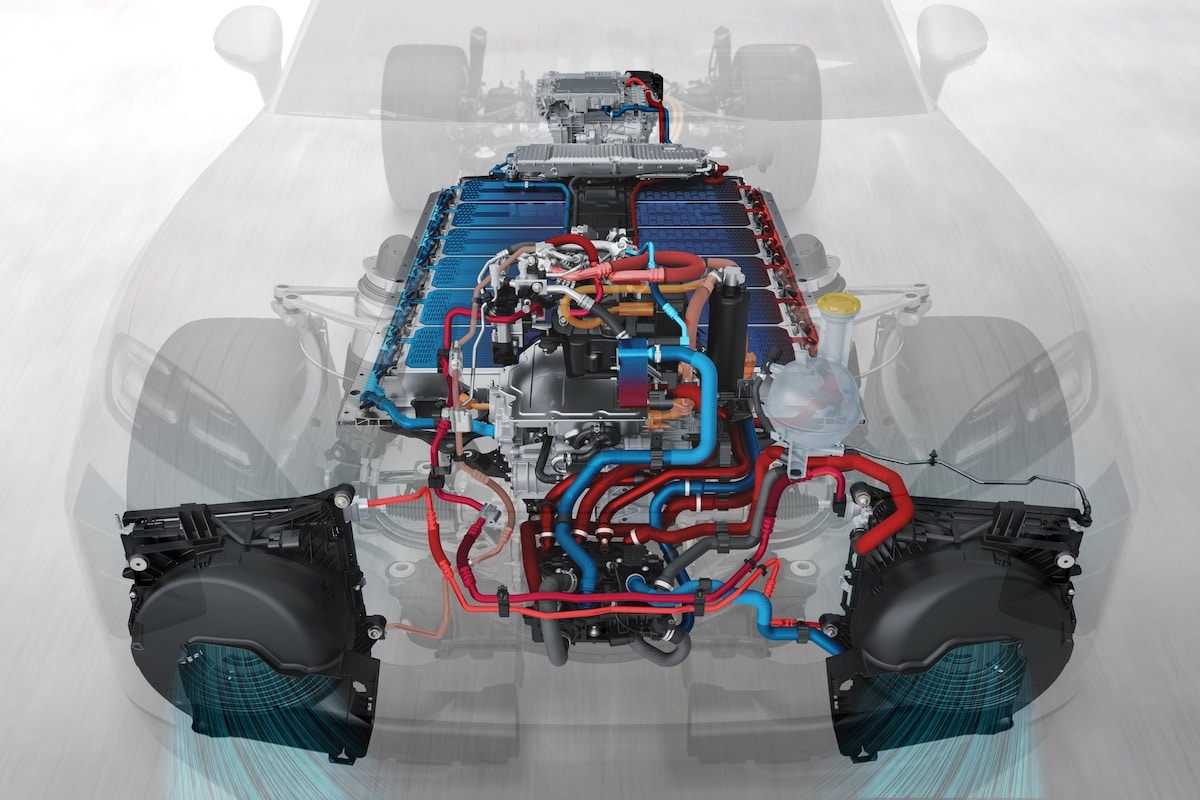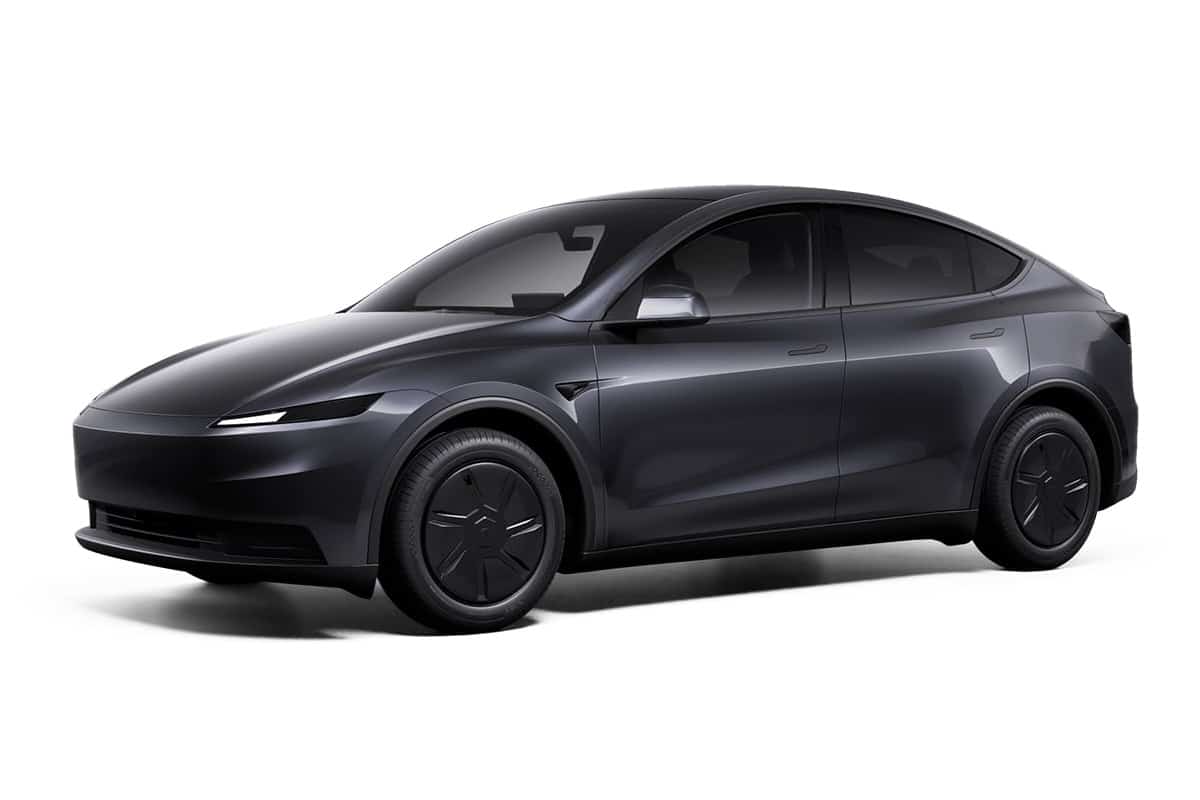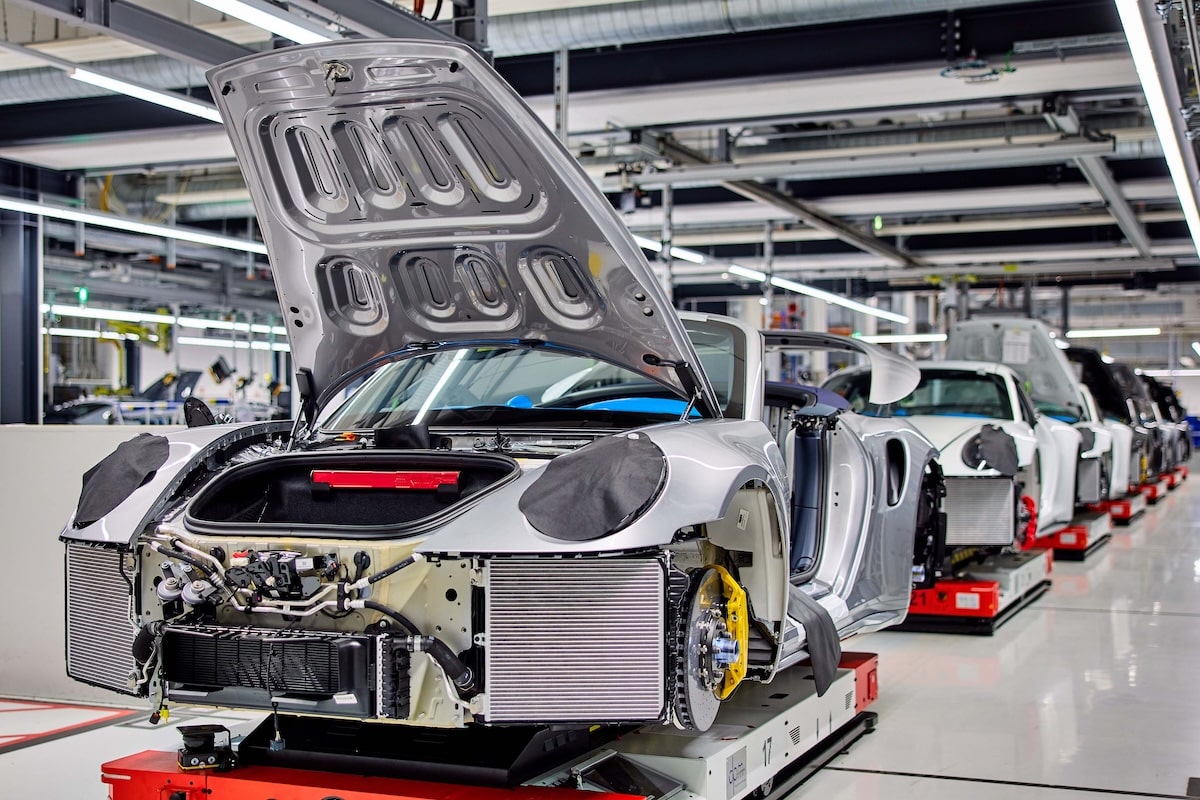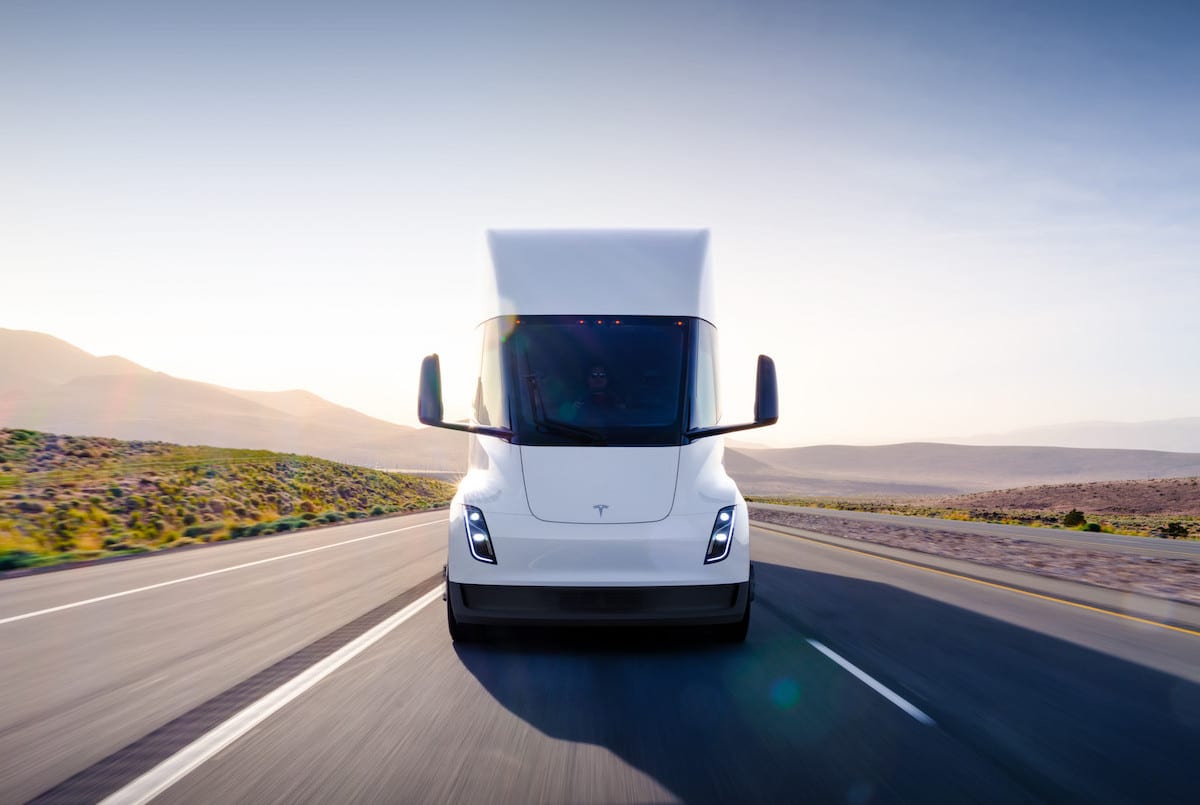The autonomy prolongers: smoke screens or a miracle solution?
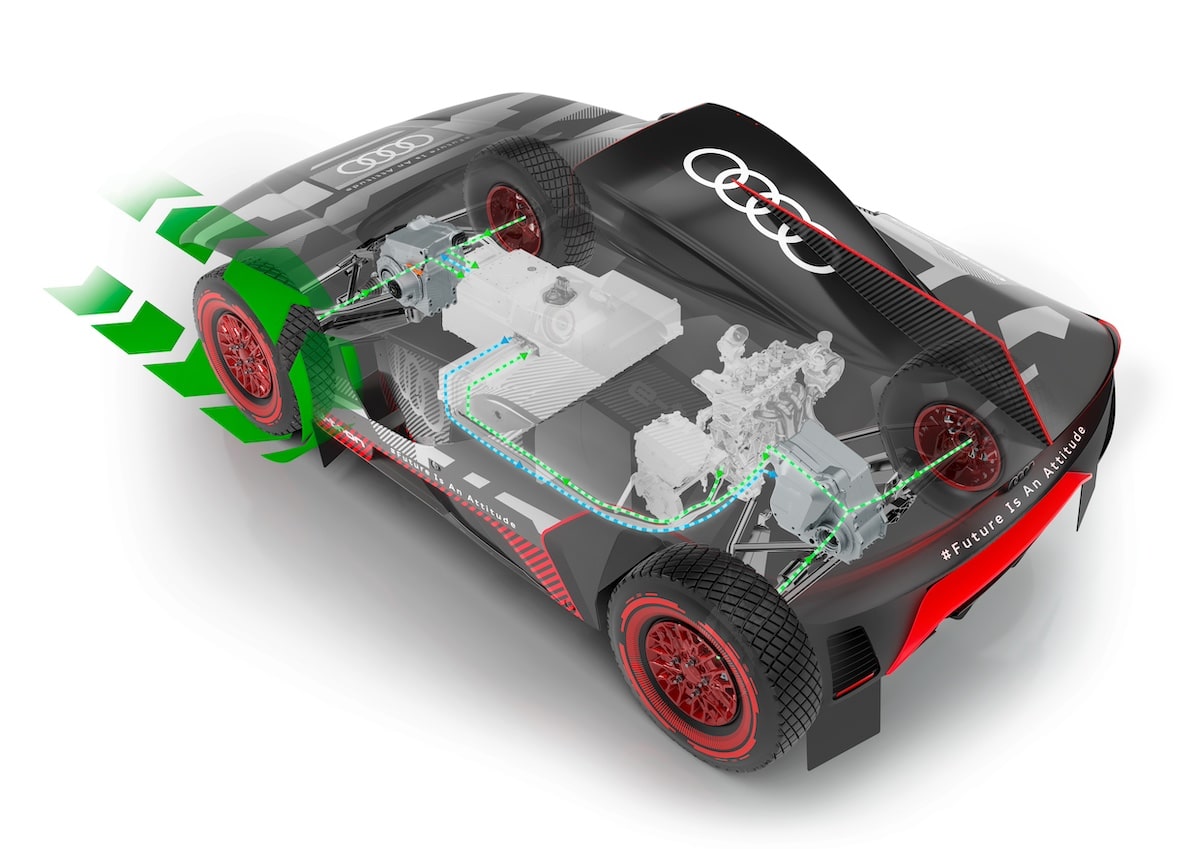
While plug-in hybrids struggle to attract buyers, do range extenders have a better chance of finding their audience?
Since hybrid and extended-range electric technologies are often pitted against each other, it’s a mistake because they don’t actually have much in common apart from mixing electricity and fuel. The hybrid is primarily aimed at customers wanting to slightly reduce their carbon footprint and significantly lower their energy bills. Additionally, one can consider that the plug-in hybrid is a learning step before switching to fully electric driving. It allows real-world assessment of the proportion of driving on all-electric mode versus internal combustion engine. This can help determine if one is willing to sacrifice a few minutes at a fast charger for long trips to save money by driving electric daily. At a time when many potential electric car buyers still hesitate due to range anxiety, the range extender or EREV appears as a miracle solution.
These so-called EREVs are electric vehicles with batteries that have been fitted with an onboard generator to recharge the battery, thereby increasing range. No miracle there, these generators are just internal combustion engines burning fossil fuels to power the batteries. What’s interesting is that they are not mechanically linked to the drive wheels, which differentiates them from plug-in hybrids, where an electric motor and a petrol engine cooperate to drive the wheels. Thus, an EREV can be recharged from a charging station and by filling the petrol tank to run the generator that charges the battery. Yes, it sounds a bit wild, but initial studies suggest the energy efficiency is better than on a traditional thermal engine.
If you’re doubting the technological relevance of this solution, keep in mind that Audi won the Dakar with it. And believe us, it wasn’t just for publicity.
Finally, this EREV setup allows manufacturers to focus their energy on developing 100% electric platforms. They just need to install a small petrol engine somewhere under the body to increase range, with the hope of abandoning it soon thanks to the development of charging infrastructure and advances in batteries. Looking at the complicated multi-energy platforms like Stellantis’ STLA, it might not be such a crazy idea after all.
ALSO READ: Range extenders in future Renaults?
This page is translated from the original post "Les prolongateurs d’autonomie, enfumage ou solution miracle ?" in French.
We also suggestthese articles:
Also read
